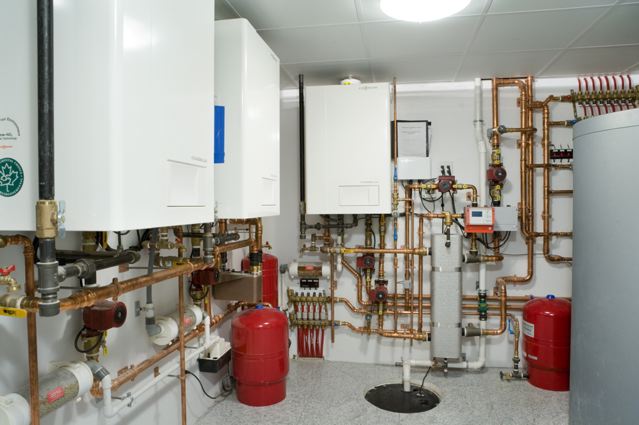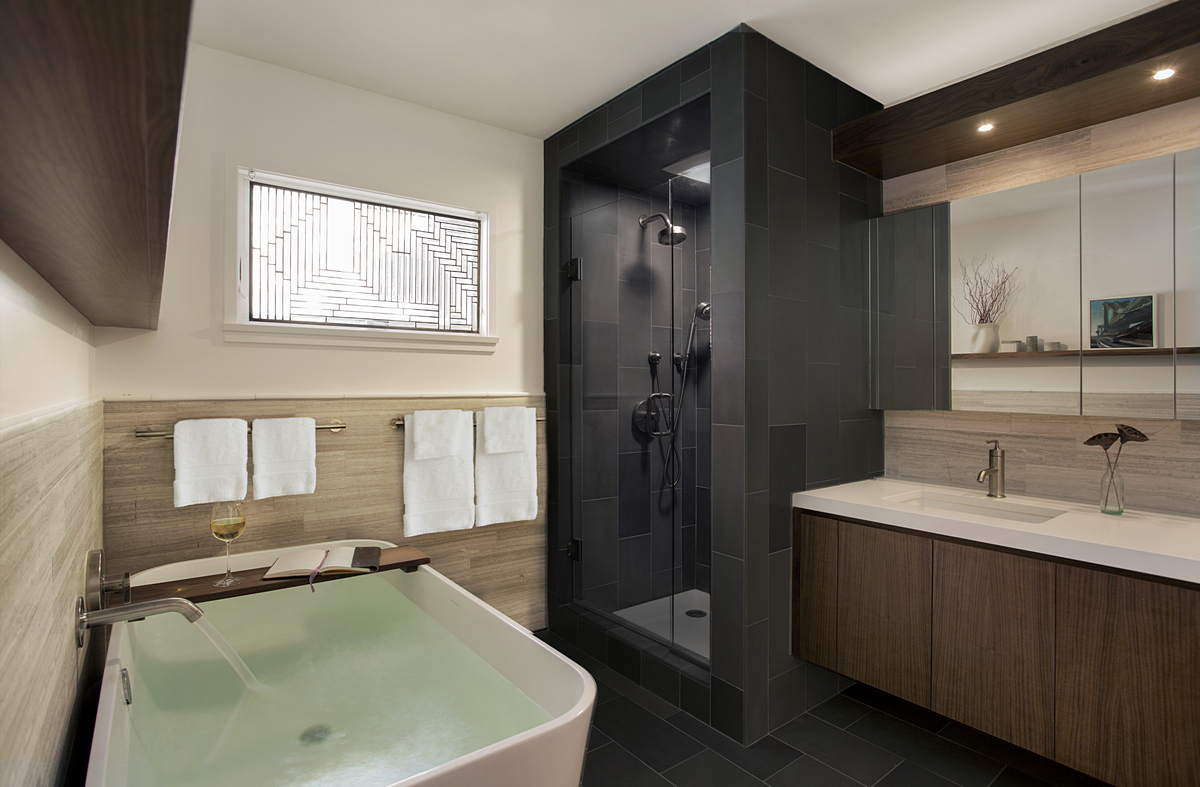What’s Behind the Walls? An Expert Weighs in on Things Your Builder Should Know

Photo credit: Eric Roth Photography
How much do you know about building science? If you’re like most people, the answer is probably nothing.
But Sarah Lawson, owner of S+H Construction in Cambridge, says that’s okay.
“Not everyone wants to know how things work behind their walls,” says Lawson. “Building science is complicated and the rules are constantly changing. It’s not necessary for everyone to study it. That’s why you hire a builder; you’re relying on their expertise.”
Lawson says the biggest responsibility for a homeowner with a newly constructed property, renovation, addition, or any size project is to do proper research when hiring a builder.
“You need to vet your options,” Lawson says. “Check their references, read reviews, look at their website, and see what they can do. Do your due diligence in finding a good builder to make sure you’re getting the results you want.”
So, what sets a good builder apart from the rest?

Photo credit: Eric Roth Photography
Organization and attention to detail
While you might not see what’s happening behind your walls, it’s your builder’s responsibility to ensure the best results. The nitty gritty details like labeling wires and pipes within the wall indicate high quality work.
“People usually say, ‘Do I really care if my wires are labeled?’” Lawson says. “It certainly helps for future work on the house, but it also reflects the pride someone is taking in their work. They’re not just sticking junk in your wall; they’re thinking everything through and doing it correctly.”
Lawson says shortcuts can sacrifice efficiency – something a homeowner will notice without being able to pinpoint the source.
“We’ve opened up walls and seen the wrong kind of ducting, sharp turns that dramatically decrease the efficiency, or even ducts leading to nowhere,” says Lawson. “A good HVAC company would never do that. They lay out your ducting in a logical way and zone your house properly, while labeling everything.
“This isn’t a very sexy concept,” Lawson continues. “But it’s important if you want your house to perform well.”

Photo credit: Eric Roth Photography
High-quality subcontractors
Lawson says a key component in a successful project is quality subcontractors.
“We only use really great subs,” says Lawson. “Quality builders nurture relationships with good subcontractors, inspectional services, and historical commissions. If they know the builder and have faith in them, everything goes more quickly and smoothly.”
Thinking beyond code
Builders are required to provide the right kind of thermal insulation and air barriers to keep your house warm. But what about sound insulation?
“A quality builder doesn’t just build to code. For instance, your builder should assume that you want sound insulation around your bathroom,” says Lawson. “It’s not required, but it really makes a difference. It’s something everyone would want, but not many people think to ask for it. Your builder should just take care of that automatically.”

Photo credit: Eric Roth Photography
Updated training and technology
With building science and code constantly changing, especially in terms of energy performance, your builder needs to stay educated and update their toolkit.
“We’re geeky. We like reading the literature on building science and our subs are experts in their fields,” says Lawson. “Think about the difference in utility rooms today. Some of them resemble submarines with all these beautifully organized zones for air-quality equipment, radiant heating, and more, and it’s all laid out, fastened, and labeled.”
“When I was growing up, my basement had a furnace with one zone and a water heater,” continues Lawson. “That was it.”
Customer experience
Managing the process is essential for a positive customer experience. Successful projects result when a builder is transparent with financial reporting and has a clear line of communication with the homeowner.
“Doing a construction project is like climbing Mount Everest – you have to make sure you pick the right Sherpa to get you to the summit safely,” says Lawson. “It’s challenging and complicated, but if you’re in good hands and you trust your team, the end result will be everything you hoped for.”

Photo credit: Eric Roth Photography
For more information on S+H Construction, visit shconstruction.com.
This is a paid partnership between S+H Construction and Boston Magazine


